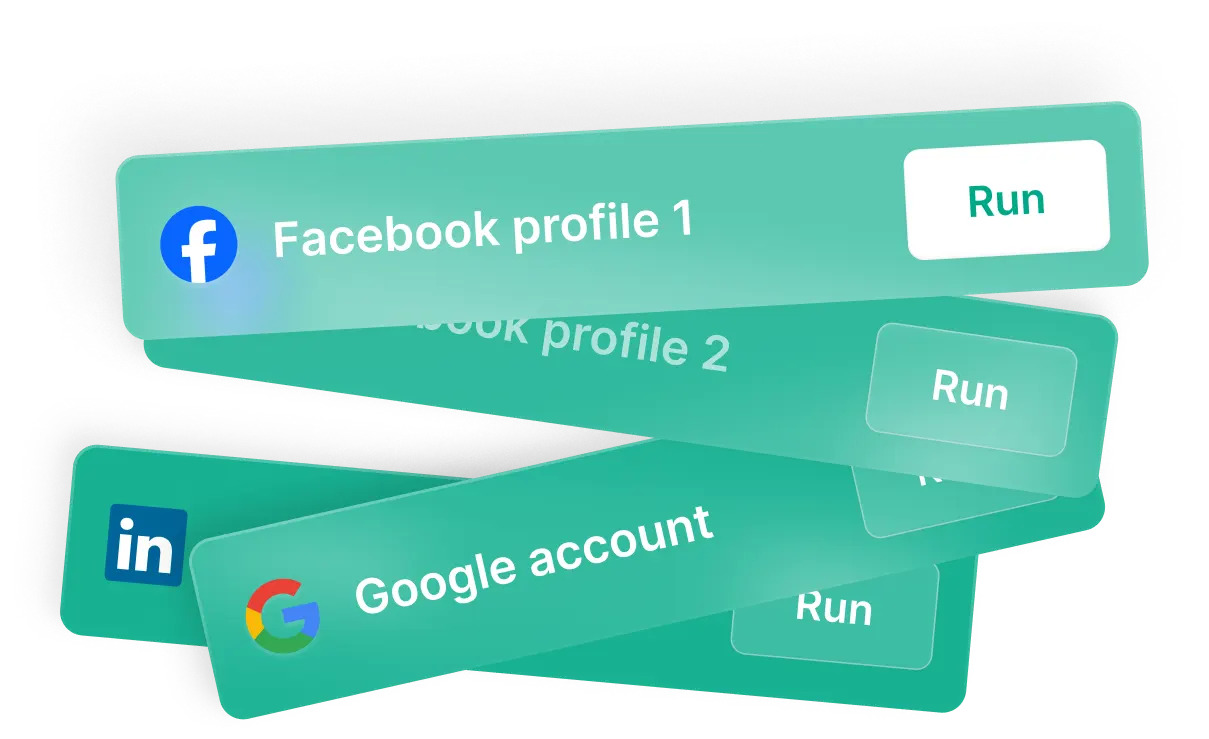The pay-per-click (PPC) advertising model involves advertisers paying a fee each time someone clicks on one of their ads. This model essentially allows businesses to buy visits to their site rather than attempting to “earn” those visits organically. Consequently, businesses widely use PPC on search engines, social media platforms, and various websites.
Key Components of Pay-Per-Click (PPC):
- Advertiser: Businesses or individuals running ad campaigns are responsible for creating ad content, selecting the target audience, and setting the budget and goals.
- Publisher: Platforms or networks (e.g., Google, Facebook) serve as the infrastructure for displaying ads. Additionally, they often provide tools and analytics to track ad performance.
- Keywords: Advertisers select specific terms or phrases to trigger ads when users search, ensuring relevance to the product or service and attracting potential customers actively seeking related information.
- Ad Copy: Advertisers craft ad content, including text, images, or videos, to capture attention, convey messages effectively, and encourage users to take actions like clicking on the ad or making purchases. They emphasize engaging visuals and clear messaging to achieve these goals.
- The Landing Page directs users after they click the ad, continuing their journey, providing additional information, and guiding them toward conversion actions such as filling out forms or completing purchases.
- Bid: Advertisers determine the maximum amount they’re willing to pay per click in a bidding process. Higher bids can improve ad placement, but they must balance these bids against budget constraints for cost-effectiveness.
- Quality Score: Search engines use this metric to assess ad and landing page relevance and quality, influencing ad placement and cost-per-click. Moreover higher scores generally lead to better positions and lower costs.
How Pay-Per-Click (PPC) Works:
1. Keyword Research: Advertisers select keywords relevant to their products or services that they want their ads to show up for.
2. Creating Ads: Ads are created, typically consisting of a headline, description, and link to the landing page.
3. Setting Budgets and Bids: Advertisers set a budget for their campaigns and a maximum bid for each click.
4. Ad Auction: When a user performs a search or action that matches the advertiser’s keywords, an auction takes place to determine which ads are shown and in what order.
5. Ad Display: The winning ads are displayed on the search engine results page (SERP) or the relevant platform.
6. Clicks and Costs: Each time a user clicks on the ad, the advertiser is charged based on their bid amount and the competition.
Types of Pay-Per-Click (PPC) Advertising:
1. Search Ads: Text ads that appear on search engine results pages (e.g., Google Ads, Bing Ads).
2. Display Ads: Image or video ads that appear on websites within the display network.
3. Social Media Ads: Ads displayed on social media platforms like Facebook, Instagram, LinkedIn, and Twitter.
4. Shopping Ads: Product-based ads that appear on search engines and include images, prices, and product information.
5. Video Ads: Ads that appear on platforms like YouTube before, during, or after video content.
Benefits of PPC:
1. Targeted Advertising: Ads can be targeted based on keywords, demographics, location, time, device, and more.
2. Cost Control: Advertisers set their budgets and only pay when their ad is clicked.
3. Measurable ROI: Detailed analytics allow advertisers to track the performance of their campaigns and measure return on investment.
4. Immediate Results: Ads can start driving traffic to the website as soon as the campaign is launched.
5. Flexibility: Campaigns can be adjusted in real-time based on performance data.
PPC is a powerful tool in digital marketing, offering businesses the ability to reach targeted audiences quickly and efficiently, with the flexibility to control costs and measure effectiveness.
